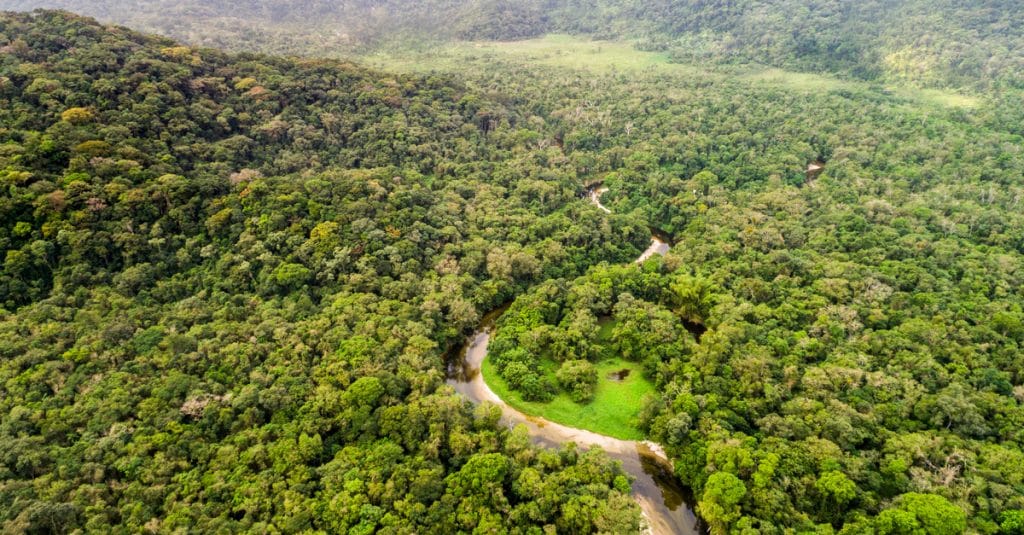The European Union (EU) does not intend to give up on the challenges of nature conservation in the Democratic Republic of Congo (DRC). Despite the strong presence of armed groups, trafficking in natural resources, agricultural invasion and poaching, the EU guarantees its support to assist the DRC in protecting its biodiversity. “What we expect from the Congolese Government is that it continues to put biodiversity at a certain level of importance in its political priorities and mentions it as a priority for which the European Union would be invited to provide its support (…) with the ultimate aim of conserving biodiversity…” said Arnold Jacques de Dixmude, the European Union’s Environment Sector Head.
With its 11th European Development Fund (EDF), the organisation has allocated more than €115 million for biodiversity conservation in five national parks for a period of 3 years. Support allocated to the protection and enhancement of natural capital, while generating economic and social benefits for park residents, not to mention an increase in the share of energy from sustainable sources. “By conserving fauna and flora, we are also contributing to the effort to reduce greenhouse gas emissions, since Congo’s immense rainforests have a major role to play, beyond biodiversity,” said Arnold Jacques de Dixmude.
The DRC, the African Forest Atlas
Despite the support of the European Union, the conservation work remains extensive in the DRC. According to figures from the Congolese Institute for Nature Conservation (ICCN), nearly 167 protected areas require intervention. Most of these protected areas are located in remote areas, where people need to be supervised and supported by opening-up projects in order to reduce their pressure on the parks.
The interest in the DRC is justified by the richness of the natural heritage of this Central African country. With more than 50% of the area of Congo’s basin forests (the 2nd largest tropical forest massif on the planet), the DRC is ranked among the top 10 countries in the world in terms of biodiversity. There are 10,000 species of higher plants, of which 3,000 are endemic, 600 species of timber, 1,000 species of birds, 900 species of butterflies, 280 species of reptiles and 400 species of mammals, including rare or endangered animal species, including great apes and chimpanzees.
Boris Ngounou
